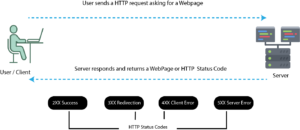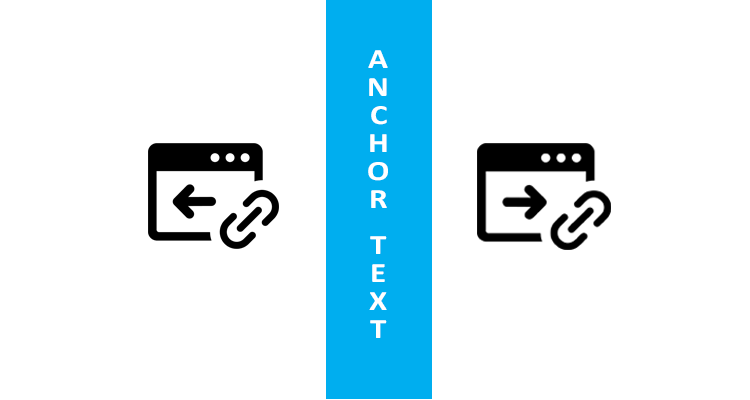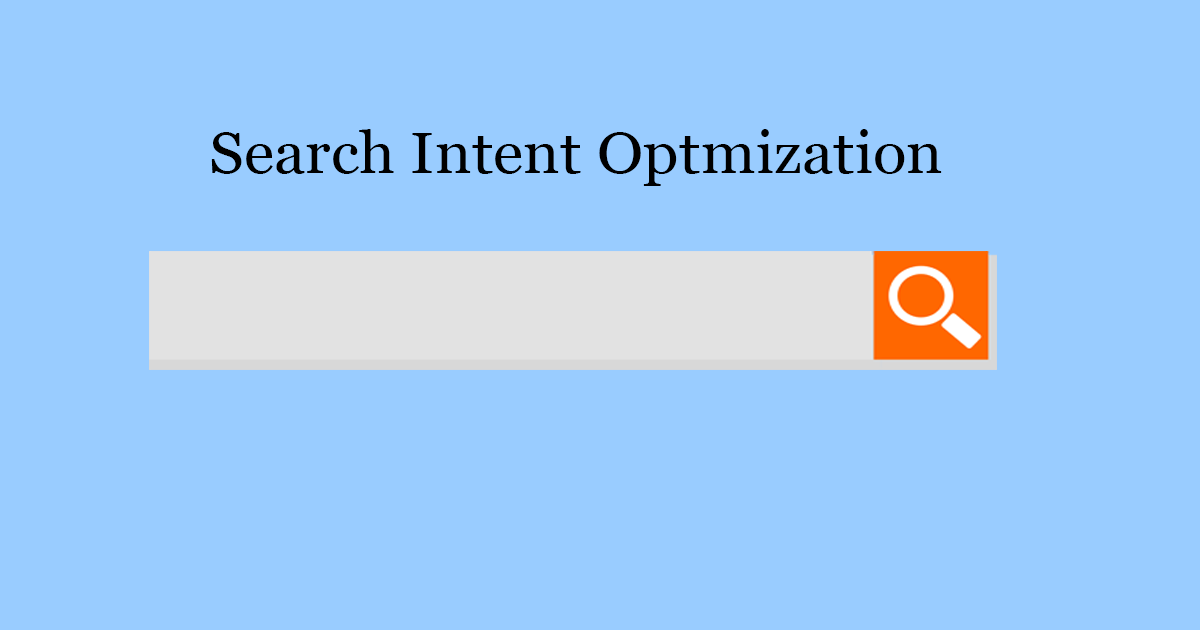What are HTTP Status Codes?
HTTP Status Code is a 3 digit server response code sent to browsers when they try to connect with your site on the server. These codes tell us how things went and what went wrong and help the developers in diagnosing and fixing the website configuration errors.
The first digit of this 3 digit status code ranges from 1 to 5 and it defines the class(category) of response.
Here are the 5 categories and what they mean:
· 1xxs mean Informational Response and tells the server is going through the request.
· 2xxs means both the request to the browser and response from the server is successful.
· 3xxs: Redirection. It tells the requested page has moved somewhere else.
· 4xxs mean errors from the client-side i.e website administrators or maintenance side.
· 5xxs mean errors from the server-side. A valid request was made from the client but an error from the server-side declined the request.
Why HTTP status codes are important to SEO?
HTTP response status codes inform search engines bots and users about the site condition and whether the issue is from the client or server-side and provide SEO Analysts with the possible hint to rectify it.
So, Knowing when and why HTTP statuses occur is the key factor in improving user experience and reducing site errors.
Website owners can check the site crawl errors that the search engines detected by signing into their search console account and checking the coverage report section can provide a detailed report about the crawling errors with HTTP status codes.
Monitor your coverage report of your site regularly to ensure proper indexation of the site and to make it user navigation easy.
What are the most important HTTP status codes in SEO?
Most Popular HTTP Status codes that users often encounter during a google search and website navigation.
· 200 Success(browsers page request made to server and the response from server are successful without any interruption.
· 301 site owner permanently directed the page to another location.
· 302 site owner temporarily redirected the page to another location.
· 307 Temporarily Redirect / Internal Redirect
· 404 Page Not Found
· 410 Gone
· 503 Service Unavailable
HTTP Status Codes
List of Helpful HTTP Status code references.
1×× Informational
· 100 Continue
· 101 Switching Protocols
· 102 Processing
2×× Successful HTTP status codes
· 200 OK
· 201 Created
· 202 Accepted
· 203 Non-authoritative Information
· 204 No Content
· 205 Reset Content
· 206 Partial Content
· 207 Multi-Status
· 208 Already Reported
· 226 IM Used
3×× Redirection HTTP status codes
· 300 Multiple Choices
· 301 Moved Permanently
· 302 Found
· 303 See Other
· 304 Not Modified
· 305 Use Proxy
· 307 Temporary Redirect
· 308 Permanent Redirect
· 4×× Client Error
· 400 Bad Request
· 401 Unauthorized
· 402 Payment Required
· 403 Forbidden
· 404 Not Found
· 405 Method Not Allowed
· 406 Not Acceptable
· 407 Proxy Authentication Required
· 408 Request Timeout
· 409 Conflict
· 410 Gone
· 411 Length Required
· 412 Precondition Failed
· 413 Payload Too Large
· 414 Request-URI Too Long
· 415 Unsupported Media Type
· 416 Requested Range Not Satisfiable
· 417 Expectation Failed
· 418 I’m a teapot
· 421 Misdirected Request
· 422 Unprocessable Entity
· 423 Locked
· 424 Failed Dependency
· 426 Upgrade Required
· 428 Precondition Required
· 429 Too Many Requests
· 431 Request Header Fields Too Large
· 444 Connection Closed Without Response
· 451 Unavailable For Legal Reasons
· 499 Client Closed Request
5×× Server Error HTTP status codes
· 500 Internal Server Error
· 501 Not Implemented
· 502 Bad Gateway
· 503 Service Unavailable
· 504 Gateway Timeout
· 505 HTTP Version Not Supported
· 506 Variant Also Negotiates
· 507 Insufficient Storage
· 508 Loop Detected
· 510 Not Extended
· 511 Network Authentication Required
· 599 Network Connect Timeout Error
How do you check HTTP status codes?
You can check the HTTP status code of pages by following methods:
· Using Respective Built-in Browser developer tools
· Browser Plugins
· Google Search Console URL Inspection Tool.
· Desktop Applications like a Screaming frog can be used to check the status codes for a list of pages at once.












